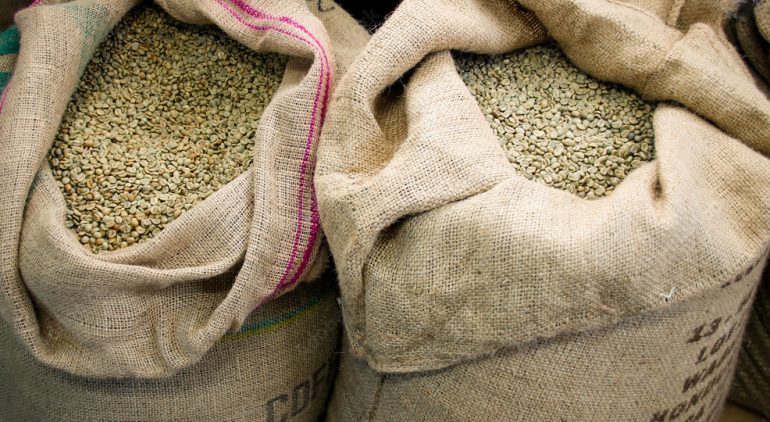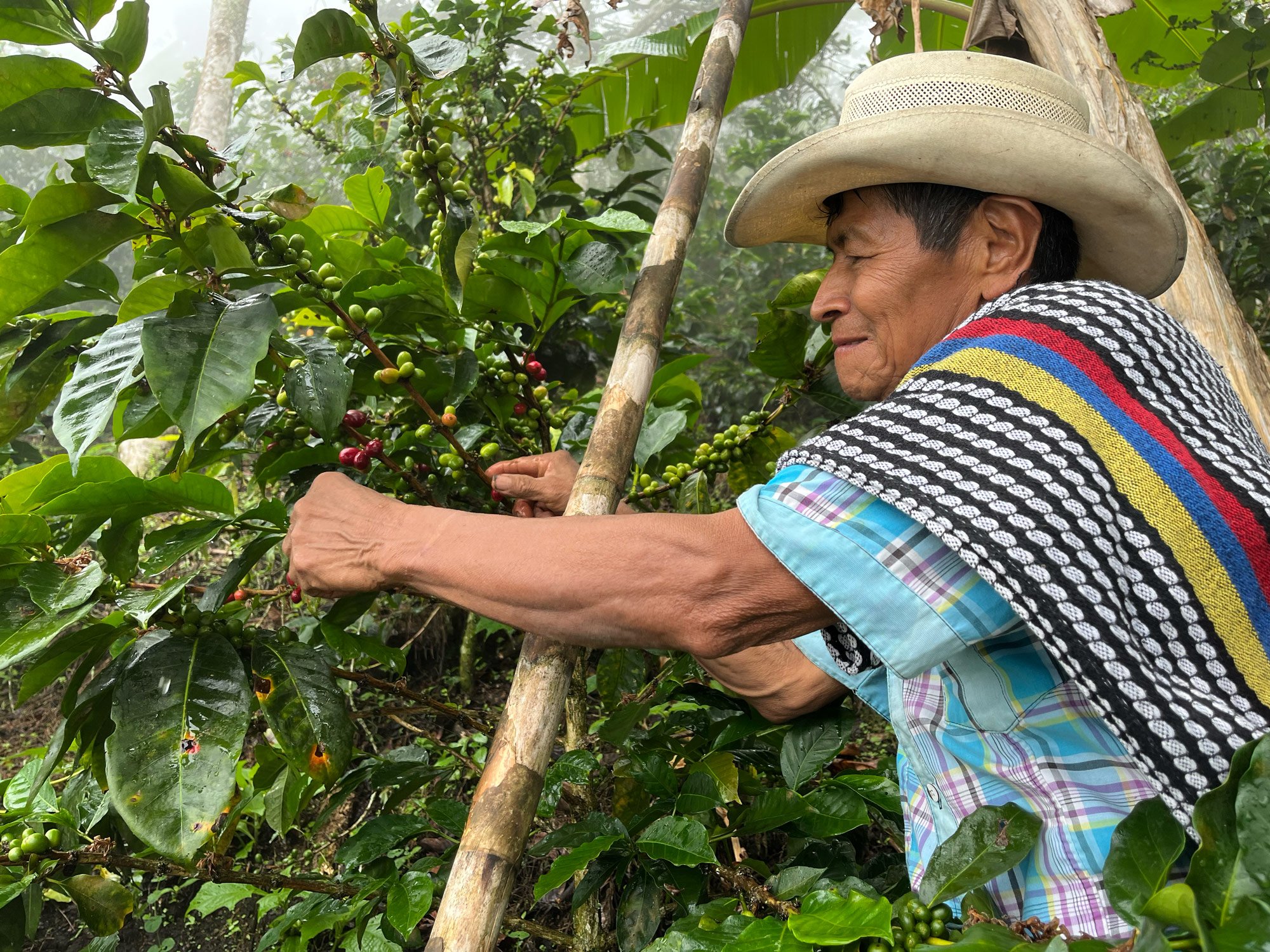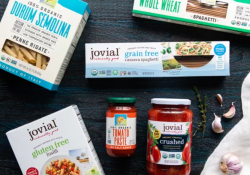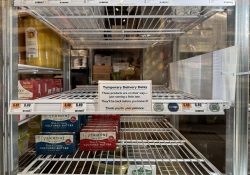
Fair Grounds: Understanding the Recent Increase in Coffee Prices
Coffee prices have been creeping upward, and many of you have been asking why. While the increase at the register has so far been modest, it reflects a deeper and more complex set of global issues. At the center are climate change, supply chain instability, and the structure of the international commodity market—all of which affect the people who grow your coffee, the organizations that import it, and ultimately, your morning cup.
Here’s a closer look at what’s happening.

Image courtesy of Equal Exchange
The New Reality for Coffee Farmers
In recent years, extreme weather events have significantly disrupted coffee-growing regions around the globe. According to the International Coffee Organization, droughts, frosts, and other climate-related events have reduced yields by 20–30% in key producing countries like Brazil, Honduras, and Ethiopia. As climate change accelerates, these events are becoming more frequent and more severe.
At the same time, global demand for coffee continues to rise, with consumption in emerging markets and established ones alike growing steadily. The result is a basic economic equation: less supply + more demand = higher prices.
In early 2025, the benchmark price for green (unroasted) coffee—known as the C price—reached an all-time high, peaking above $4.30 per pound in February. Although the price has fluctuated since then, it has remained well above historic averages, contributing to ongoing volatility and long-term uncertainty for producers and importers alike.

Not All Coffee Is Traded the Same
That volatility has ripple effects throughout the supply chain—but not all supply chains are structured the same way.
Many of the coffees we carry at the Co-op come from mission-driven companies like Equal Exchange, which operate outside the traditional commodity market model by working directly with small-scale farmer cooperatives in Latin America, Africa, and Asia. These partnerships are built to give farmers more agency in pricing and greater economic security.
When global prices fall, Equal Exchange guarantees a minimum “floor price,” helping to protect growers from market crashes and volatility. And when prices rise, they don’t try to bargain farmers down. Instead, Equal Exchange offers farmer cooperatives a window of time during which they can choose the most favorable moment to lock in a price. This approach gives producers real flexibility and bargaining power—allowing them to benefit from a strong market rather than being subject to it.
This strategy not only creates more stability, it also ensures that more of the money spent on coffee ends up with the people who grow it. These alternative supply chains are designed to absorb shocks and share risk more equitably. Rather than relying on speculative pricing or middlemen, they prioritize long-term relationships, pre-purchasing, and community investment.
What It Means for You, the Customer
The effects of the global coffee crisis have begun to show up at the Co-op—but to a lesser extent than many anticipated. Prices for some bulk coffees have increased. For example, Dean’s Beans bulk coffee recently went up by about $2 per pound. We’ve also had to raise our Equal Exchange bulk coffee price by $1.
Still, thanks to the sourcing relationships we’ve built—and the long-term contracts many of our partners have in place—we’ve been able to avoid major price spikes. That’s one of the strengths of working within a values-driven supply chain.
More importantly, these increases reflect real efforts to support farming communities, not to increase profits for shareholders. Every dollar goes further when it supports producers directly.

What’s at Stake
Coffee is a daily ritual for many of us—but it’s also the livelihood of more than 125 million people worldwide, most of whom are smallholder farmers. As the climate changes and market pressures mount, the decisions we make as buyers—both individual and institutional—have growing significance.
At the Co-op, we choose to partner with suppliers who are working toward a more equitable, transparent, and sustainable coffee system. That means paying fairly, honoring long-term commitments, and advocating for economic justice in a volatile global market.
Questions? Let’s Talk.
We know that many of you care deeply about where your coffee comes from—and we’re always happy to share what we know. If you have questions about sourcing, pricing, or supply chains, just ask. We believe transparency and trust are at the heart of good food—and good coffee.



